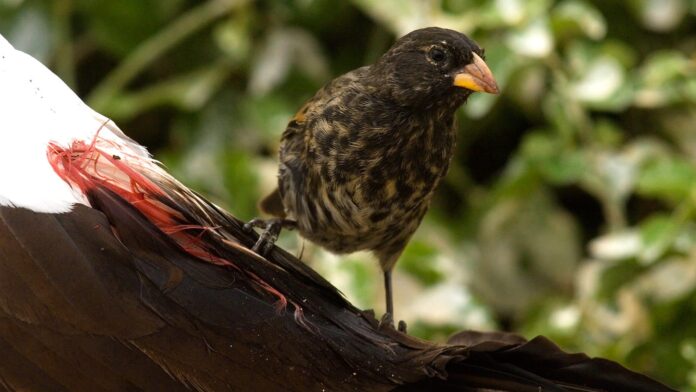Let’s forget about fleas or mosquitos because we know so much about these bloodsuckers already. There are other animals that drink blood to survive just like them, and we are going to discuss that today. What comes into your mind with the mention of animals that drink blood beside bed bugs and fleas? The thing is that many of these bloodthirsty animals are females, and they need blood so that their eggs can develop. Some of them drink the blood and go away while others leave behind diseases that can be fatal. Take a look at our list below and see what those bloodsuckers are, don’t forget to share your thoughts.
1Assassin Bug
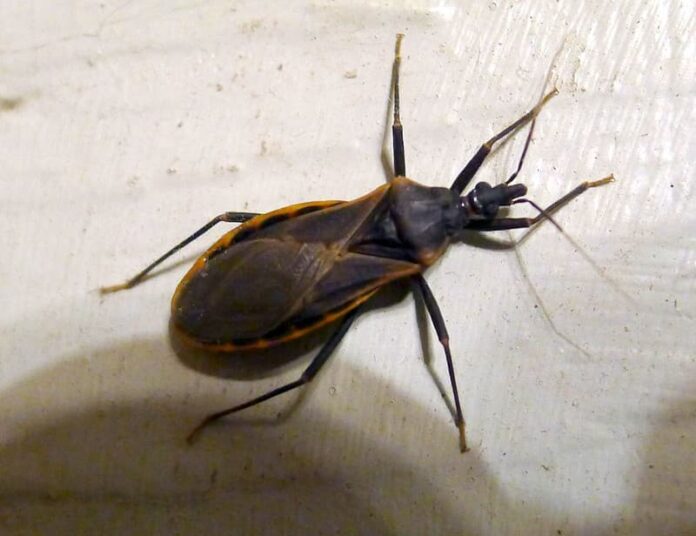
The assassin bug or kissing bug gets its name from the habit of biting sleeping humans near the lips. During the day, they hide between cracks, crevices, mattresses, and in other dark and cool places in the house. The beak of the assassin bugs has a tube inside that allows it to transfer its poisonous saliva. Then it uses the very same tube to pierce and suck juices from its victim’s body. The assassin bugs are so ferocious a cockroach will die within a few seconds after being bitten by these bugs. For humans, these bloodsuckers will feast on any warm blood they can find which is around the person’s eyes or lips. The thing to worry about is that these bugs can transmit serious diseases like Chagas disease to humans. This disease can lead to long-term cardiac damage, major organ damage, or heart failure which can be fatal.
2Hood Mockingbird
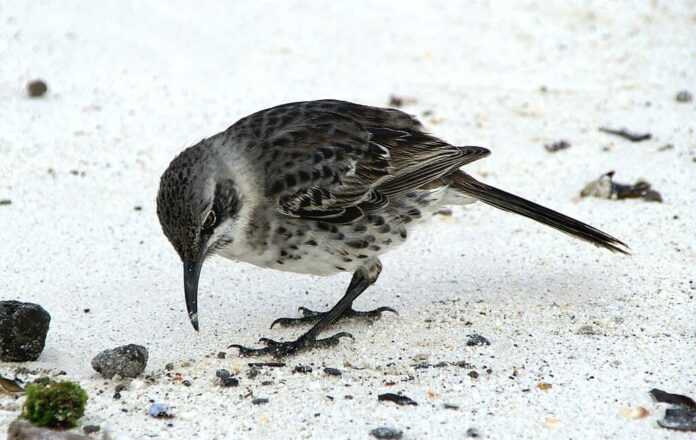
Strong brothers come from the hood, and this mockingbird can probably join the squad too. Hood mockingbirds live on 2 islands in the Galapagos Archipelago, and they are native to dry and salt-ridden areas. Where they come from, food and water are scarce with only small scrubby plants around. To survive, hood mockingbirds have to take all the opportunity they can to feed and survive, birds have families too!
So these birds also drink the blood of injured sea birds, sea lions, and other open wounds they can find. More than that, hood mockingbirds are fearless so they are not afraid to be around humans. They will scavenge food and water from human camps, sometimes right in front of the campers; these birds don’t care. Apart from those, they also pluck off ticks and other parasites from large animals’ backs. At the end of the day, their favorite meal is blood.
3Oxpecker
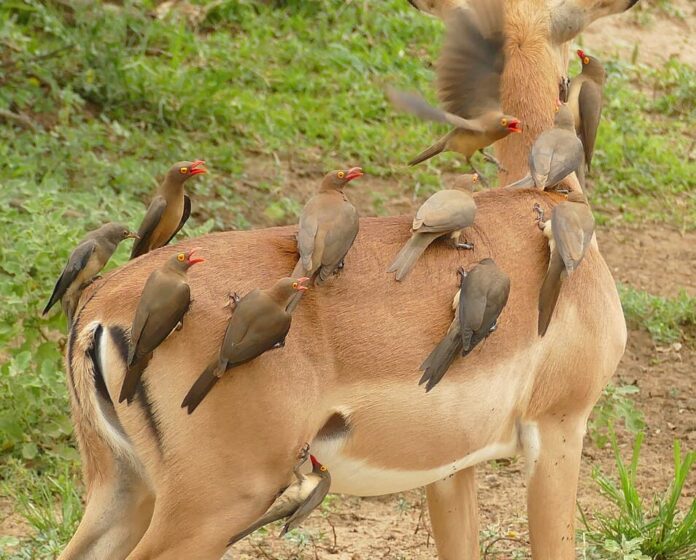
Looks like a beautiful friendship where animals and birds are together, this is actually a dining session for the oxpeckers. Here we have the bloodsuckers from Africa that ride around on hippopotamus, impalas, zebras, and other large mammals. During the free ride, oxpeckers eat ticks and other ectoparasites that feed on the mammals’ blood. These birds obtain blood indirectly via ticks, but they also peck at animals’ wounds to feed on their blood and tissue. Even more interesting, oxpeckers even prolong the healing time of wounds so that they can feed on the blood longer.
The good thing about these birds is that they actually help their hosts when they spot danger. If there is a predator nearby, oxpeckers will hiss loudly to warn the hosts so that they can escape. When it comes to choosing hosts, these birds know what they want. Oxpeckers pick hosts with the largest number of ticks so that they can feed longer and more. Feeding from the hosts is one thing, but taking the hosts for advantage is another thing. These bloodsuckers pull hair or similar materials from the hosts and use them as nesting materials. Smart and malicious, oxpeckers are one of a kind.
4Sea Lamprey
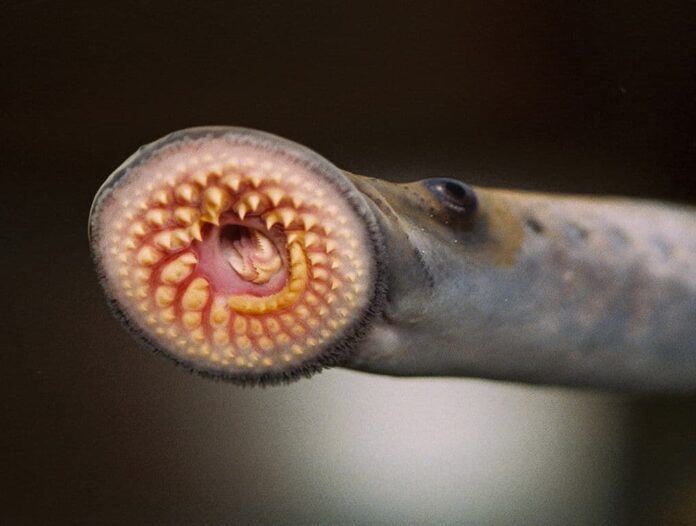
The appearance of the sea lamprey tells everything you need to know about their diet, clearly not broccoli. Sea lampreys have a funnel-like sucking mouth that they use to puncture the skin and cling to other fish. Then these bloodsuckers use their sharp rasping teeth to bore into the flesh of the fish to suck their blood. Sea lampreys use an anticoagulant in their saliva to prevent blood clotting when it feeds for an enjoyable meal. The species of eel-like fish are available in both freshwater and saltwater, and their feeding behaviors are the same. Lampreys are at risk of becoming endangered due to climate change and salinity increase in the rivers. It is a saddening information because lampreys are ancient fish that predate dinosaurs. To survive this far just to die due to modern-day problems is an unfortunate ending.
5Tick
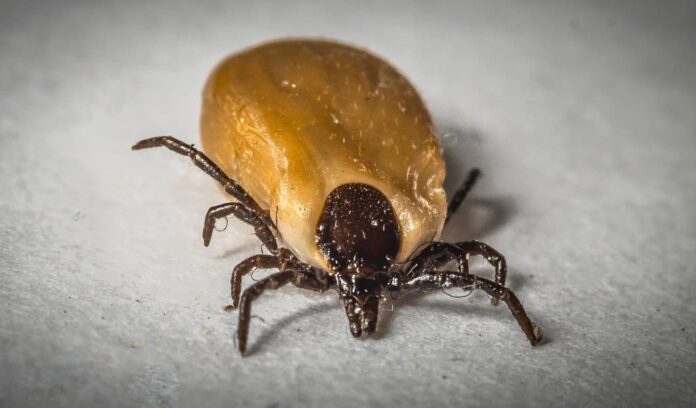
So tiny yet so vicious, ticks are one of the dangerous bloodsuckers that we all hate and want to avoid. Ticks drink blood from any hosts they can find including animals and humans, leaving behind some infections and irritations. Humans are one of their favorite hosts because our blood contains the nutrients and proteins that they need. The disturbing thing is the fact that they sometimes transmit diseases to us after the bites. Human blood is made of water, and ticks don’t want any of that. They only obtain nutrients from the blood, so they filter the blood by vomiting it back into our bloodstream. The regurgitation process brings back Lyme diseases and other tick-borne diseases that are dangerous or even fatal to us. Ticks live on blood and nothing but blood, and they keep finding their way back to humans.
6Vampire Bat

The name already tells you what this bat does, and yes, vampire bats eat only blood. These bats live in Central and South America, and they make a living by attacking or sneaking up the hosts. When feeding, vampire bats walk the ground on all fours rather than flying to approach their victims. Then they use their razor-sharp teeth to bite and laps up the flowing blood with its tongue. The special thing about vampire bats is that they have a heat sensor on their noses that help them during hunting. This sensor will point the bats forward to a spot where warm blood is flowing so the bats never miss. These obligate blood-eating mammals need a constant supply of blood because they will starve if they miss only 2 meals in a row.
7Vampire Ground Finch
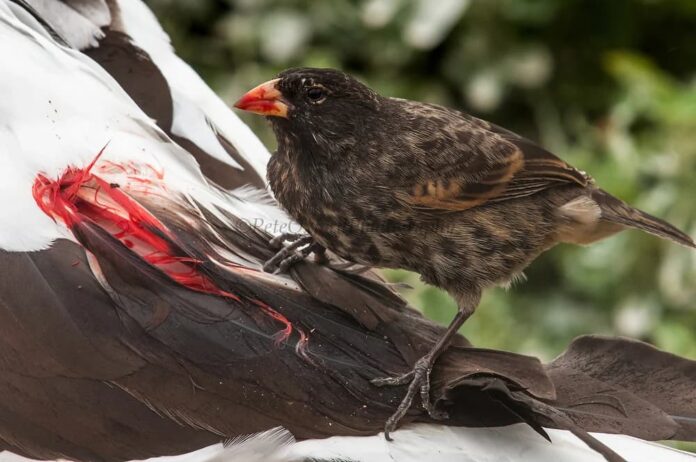
While some vampire birds wait for an opportunity to feed on blood, vampire ground finch creates their own opportunities. These birds feed on the blood of seabirds by pecking at the base of their feathers, creating a bleeding wound. Vampire ground finches occasionally drink the blood of the blue-footed boobies while removing insects from them. Sometimes they use their sharp beak to break open the eggs of other birds and eat the contents inside. Vampire ground finches are not exclusively bloodsuckers because they also eat cactus nectar and pulp. In fact, these bloodsucking birds only feed on blood when their primary food like insects and seeds is scarce. This species is endangered, and its population is declining rapidly in the past few years.
8Vampire Moth

Moths can be vampires too, and this vampire moth here feeds on the blood of mammals and vertebrates, including humans. You might think these small fries are frail, but no, they can pierce the thick hides of many large animals. We are talking about buffalos and elephants kind of thick hides, so humans are just one of their prey. Vampire moths drive their proboscis into the host and stay there to suck blood for up to 50 minutes. In contrast to most bloodsuckers out there that are females, only male vampire moths suck blood. The females feed on nectar or suck on fruit juice, and the larvae feed on leaves. In this case, the males need salt from the blood to pass possible benefits to the offspring. The only good thing is that a bite from them is only red and sore, without posing any danger to humans.
Related Post: Warm-Blooded Fish You Don’t Know Of


